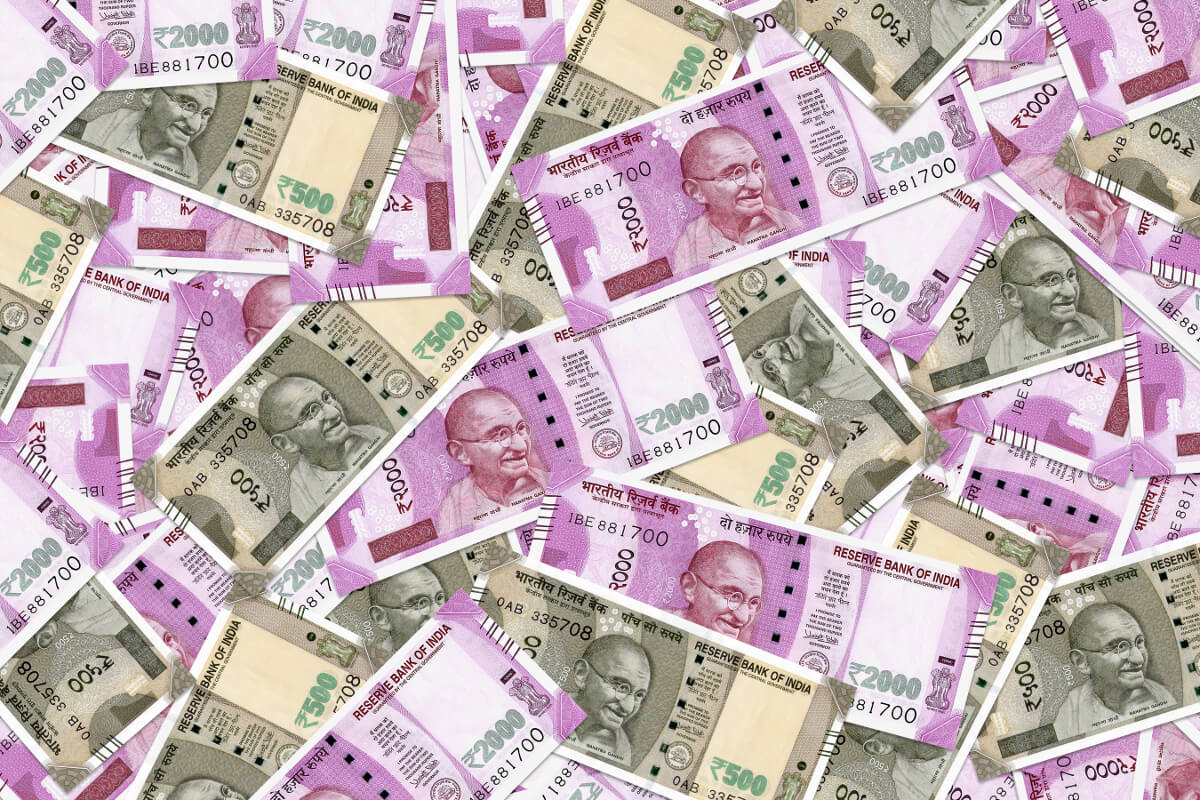Digital media and news broadcasters virtually erupted on the evening of November 8, 2016, as Narendra Modi, Prime Minister of India announced demonetization of INR 500 and INR 1,000 notes. He declared that 86% of the value of money held in notes of INR 500 and INR 1,000 would become illegal with the stroke of midnight, and granted a 50 day period for the population to redeem their negated cash for newly designed INR 500 and INR 2,000 notes.
Hoping to see a ‘Modi’fied country, he gave two primary reasons for this decision; to “break the grip of illicit cash and black money on the economy” and to “check enemies from across the border using fake currency notes”. The public called it a masterstroke, while the political opposition stood against the act calling it an ‘imprudent’ move that penalizes common man and is akin to burning down the forest to catch a few black sheep.
As Modi had already shot the arrow hoping to establish a new level of equilibrium, I wanted to share my thoughts on the happenings at the opportune time of the 2nd month commemoration of this historic and bold decision. Yes, today is exactly the 60th day, and here’s something you should know about India’s long-standing relationship with demonetization, and what it has brought us all as a nation.
Has India implemented demonetization before?
Before discussing the current state of affairs let us take a peek in the history. This is not the first time India has implemented demonetization. The Government announced its first demonetization way back in 1946. Reserve Bank of India (RBI) had introduced INR 10,000 notes in 1938, and the rich hoarded money, at the expense of hyperinflation. Being on the verge of independence, the Government banned denominations of INR 500, INR 1,000 and INR 10,000 in 1946 to curb black money. But the bold move of demonetization in the past turned out to be a currency conversion drive, as the high currency notes were accessible only to the rich mass.
Demonetization shook the country again in January 1978, with the banning of INR 1,000, INR 5,000 and INR 10,000 notes. People who possessed these notes were given merely a week’s time to exchange any high denomination bank notes. However, it went away as an ineffective move without impacting the economy much, as higher value notes were not a part of the common man’s wallet, then. The circulation of these high-value notes was barely 2% of the total currency, as compared to today’s 86% which definitely is a big concern for the Government.
Hence, there is a big difference between demonetization, now and then. After all, did the hope of curbing black money end here? Though we’ll discuss the real parameters of demonetization in the later part of this blog, let’s quickly see if any other countries across the globe implemented demonetization in the past.
Has any country implemented demonetization in their economy?
While demonetization has worked for some countries, it has been a big reason for the complete breakdown of the economy of other countries. It depends on the execution plans that decide whether demonetization will jolt the economy or drown the country drastically.
Several countries have embraced this policy in the past, as a measure to tackle the problems of black money and counterfeiting. Some met the purpose, whereas some failed miserably. The major demonetization phenomenon of the modern currency was the introduction of Euro when all EU nations demonetized their currency and started using Euro.
Some success stories of implementing demonetization are as follows.
- In 1969, the President of the USA, Richard Nixon announced all notes above USD 100 null and void. Even today USD 100 notes are the maximum available for circulation.
- In 1996, Australia became the first country to circulate a full series of polymer bank notes, after replacing all paper-based notes, which were systemically declared non-tender for legal purposes.
However, we have some examples where demonetization proved to be a disaster. In 1982, Ghana ditched its 50 cedis note to tackle tax evasion and pour out excess liquidity. This made the people of the country invest heavily in physical assets, which visibly turned the economy weak. In 1984, Nigeria, the debt-ridden and inflation-hit country wasn’t able to steer the change properly, and the economy collapsed. In 1987, Myanmar’s military quashed around 80% value of money to restrain black money. The decision led to an economic disruption which in turn led to mass protests that affected lives of many people.
In 1991, Soviet Union’s Mikhail Gorbachev addressed the nation to withdraw large-Ruble notes from circulation in order to curb the black money. The move choked the economy, which resulted in a coup attempt that brought down his authority and led to the breakup of the Soviet Union. A demonetized North Korea left people homeless and starving in the year 2010. Kim-Jong ll introduced a reform that knocked off two zeros from the face value of the old currency in order to curb black money.









